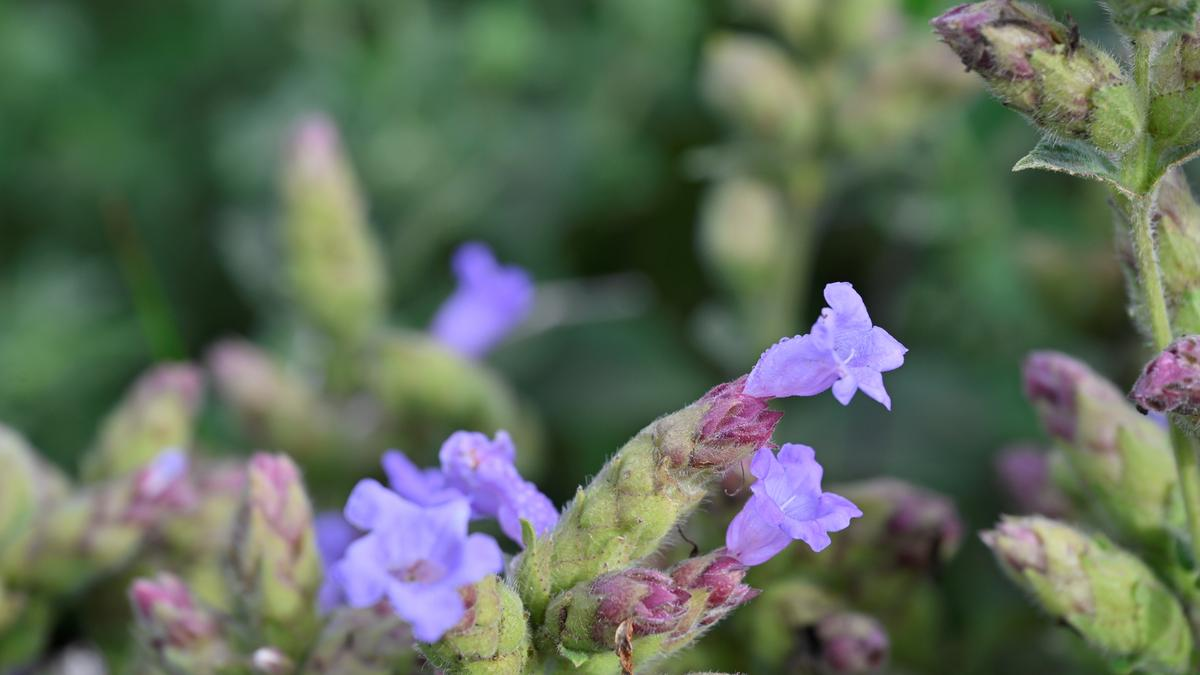Rapid Fire
Kurinji Bloom
- 21 Oct 2025
- 2 min read
The mass flowering of Kurinji after eight years in Tamil Nadu’s newly notified Gudalur Reserve Forest in the Nilgiris signals biodiversity recovery and serves as an indicator of healthy grasslands and changing climate conditions.
- Over 60 species of Kurinji, including Neelakurinji (Strobilanthes kunthiana), are endemic to the Western Ghats, with 33 varieties in the Nilgiris.
- In Gudalur, the recent mass bloom is of Strobilanthes sessilis a variety of Kurinji, which flowers once every eight years.
- Kurinji flowers once in a lifetime, like bamboo, and dies after flowering, relying on seed germination for the next generation.
- Color variations include purple, blue, white, and pink, with multiple shades for each.
- Neelakurinji: It is a shrub native to the shola forests of the Western Ghats. It is found in abundance in the Kodaikanal region of Tamil Nadu.
- The plant blooms once every 12 years and is classified as Vulnerable on the IUCN Red List. The Nilgiris (“Blue Mountains”) get their name from its blue flowers.
- Cultural Significance: In local mythology, the Kurinji flower is associated with Lord Muruga. Among the Muthuvas and Todas tribes, Kurinji symbolizes love and passion.
- Ecological Importance: Mass flowering of Kurinji attracts butterflies, honeybees, and other insects, supporting pollination.
- It is an indicator of healthy grasslands and thriving wildlife, including elephants, tigers, and hornbills.
| Read more: Neelakurinji Declared as a Threatened Species |







